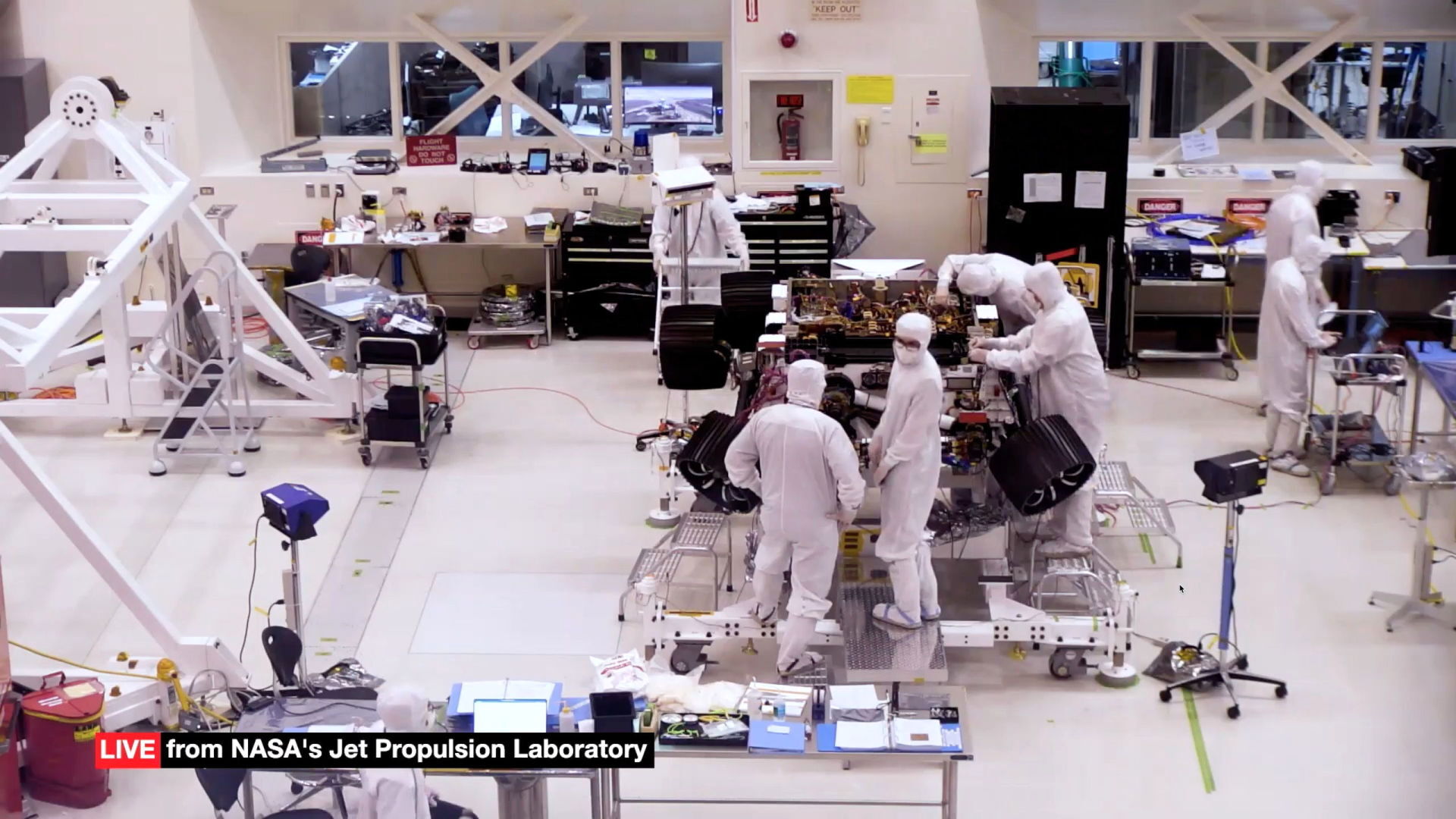

To look for past life, landed on the other side of the planet from Spirit.įound at least one local Martian area that might have hosted microbial life. It suffered through a major storm in 2007 summer, and communication officially ceased in 2010 because the temperature was thought to be too cold for it to function. It also captured dust devils as they happened. The rover showed that Mars’s surface was much more complex geologically than previously thought. From the images and measurements, scientists deduced the size of Martian atmospheric particles.

The lander returned home 16,500 images and 8.5 million measurements of atmospheric pressure and temperature, as well as wind. To demonstrate low-cost technology and collect data

It had to be put to rest in 1980 after its batteries died. Similar to Viking 1, this rover too was hunting for past life but couldn’t find any conclusive evidence. It did help scientists better understand Mars as a cold planet with ancient river beds and a surface that would have witnessed vast amounts of flooding.Īlong with Viking 1, Viking 2 returned 4,500 images of just the landing site and more than 50,000 while mapping 97% of the Martian surface. The rover’s main goal was to hunt for evidence of life near its landing site, but it couldn’t find any. Viking 1 was planned to work for only 90 days after landing, but continued to work for over half a decade. The first successful landing of a rover on a Martian world. Successful landing, but lost contact after 20 seconds Let’s take a look at the past rovers and landers that have landed on the red planet, as well as the current missions exploring Mars inch by inch. To gather this information, astronomers have sent rovers, landers and orbiters that scan Mars’ atmosphere, pick up and analyze its surface material to piece together its past, and the potential for life and habitability.īecause communication between Mars and Earth takes anywhere between 4 and 20 minutes, the scientists had to imbibe artificial intelligence into these robots so that they could sense obstacles and navigate the terrain smoothly. But before humans can travel to Mars, we need to know all about what it takes to set up camp and survive there for a long time. These reasons make Mars the next best planet to live on. The red planet is tantalizing for many reasons: its history is similar to Earth’s, gravity on Mars is 38% that of Earth’s - adequate for humans to adapt to, and it has a protective although thin atmosphere. As of June 2021, there are 3 rovers and 1 lander currently in operation on Mars.


 0 kommentar(er)
0 kommentar(er)
